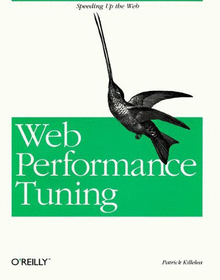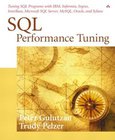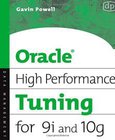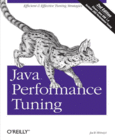Web Performance Tuning
Speeding Up the Web

Book Details:
| Publisher: | O'Reilly Media |
| Series: | OReilly , Performance |
| Author: | Patrick Killelea |
| Edition: | 1 |
| ISBN-10: | 1565923790 |
| ISBN-13: | 9781565923799 |
| Pages: | 374 |
| Published: | Oct 08 1998 |
| Posted: | Nov 19 2014 |
| Language: | English |
| Book format: | |
| Book size: | 1.75 MB |
Book Description:
For as long as there's been a Web, people have been trying to make it faster. The maturation of the Web has meant more users, more data, more bells and whistles, and consequently longer waits on the Web. Improved performance has become one of the most important factors in determining the usability of both the Web in general and of individual sites in particular.Web Performance Tuning is about getting the best performance from the Web. This book isn't just about tuning the web server software; it's also about getting optimal performance from a browser, tuning the hardware (on both the server and browser ends), and maximizing the capacity of the network itself.Web Performance Tuning hits the ground running, giving concrete advice for quick results--the "blunt instruments" for improving crippled performance right away. The book then takes a breath and pulls back to give a conceptual background of the principles of computing performance. The latter half of the book approaches each element of a web transaction--from client to network to server--to examine the weak links in the chain and how to strengthen them.Tips include:Using simultaneous downloads to locate bottlenecks Adjusting TCP for better web performance Reducing the impact of DNS Upgrading device drivers Using alternatives to CGI Locating the web server strategically Minimizing browser cache lookups Avoiding symbolic links for web content
Book categories:
Networking , Web Development , Home Computing , Networks, Protocols & APIs , Internet , Web Design , Web ServicesDownload Link:
Related Books:
SQL Performance Tuning
A poorly performing database application can cost each user time, and have an impact on other applications running on the same computer or the same network. This book will help DBA's and programmers improve the performance of their databases. It is not an introduction to SQL, nor is it a tuning manual for a particular SQL implementation. It is a guide for users and programmers who want to improve SQL performance no matter what brand of SQL they use. It will provide tuning tips for common situations, such as how to change a query so it will go faster and how to shift work from the server to the client. All the ideas have been tested against the eight leading DBMS applications. Almost all large organizations and companies today run more than one type o...
Oracle High Performance Tuning
For 9i and 10g
There are three parts to tuning an Oracle database: data modeling, SQL code tuning and physical database configuration.A data model contains tables and relationships between tables. Tuning a data model involves normalization and de-normalization. Different approaches are required depending on the application, such as OLTP or a Data Warehouse. Inappropriate database design can make SQL code impossible to tune. Poor data modeling can have a most profound effect on database performance since all SQL code is constructed from the data model. Poorly written SQL code is often a culprit of performance problems and is expensive to rectify. However, tuning of SQL code is generally cheaper than changing the data model. SQL code tends to be contained inside inde...
Java Performance Tuning
2nd Edition
Performance has been an important issue for Java developers ever since the first version hit the streets. Over the years, Java performance has improved dramatically, but tuning is essential to get the best results, especially for J2EE applications. You can never have code that runs too fast.Java Peformance Tuning, 2nd edition provides a comprehensive and indispensable guide to eliminating all types of performance problems. Using many real-life examples to work through the tuning process in detail, JPT shows how tricks such as minimizing object creation and replacing strings with arrays can really pay off in improving your code's performance.Tuning J2EE...
2007 - 2021 © eBooks-IT.org



